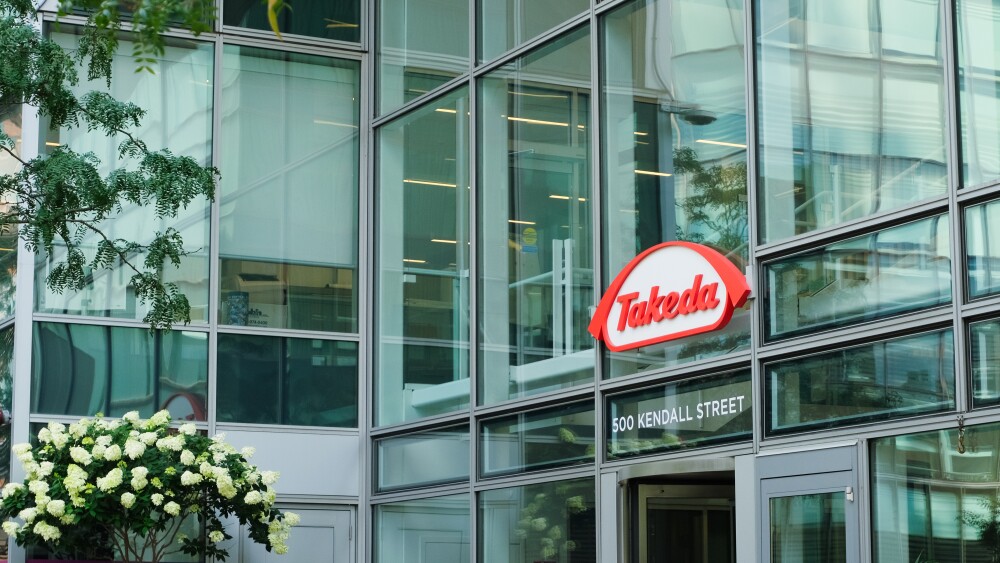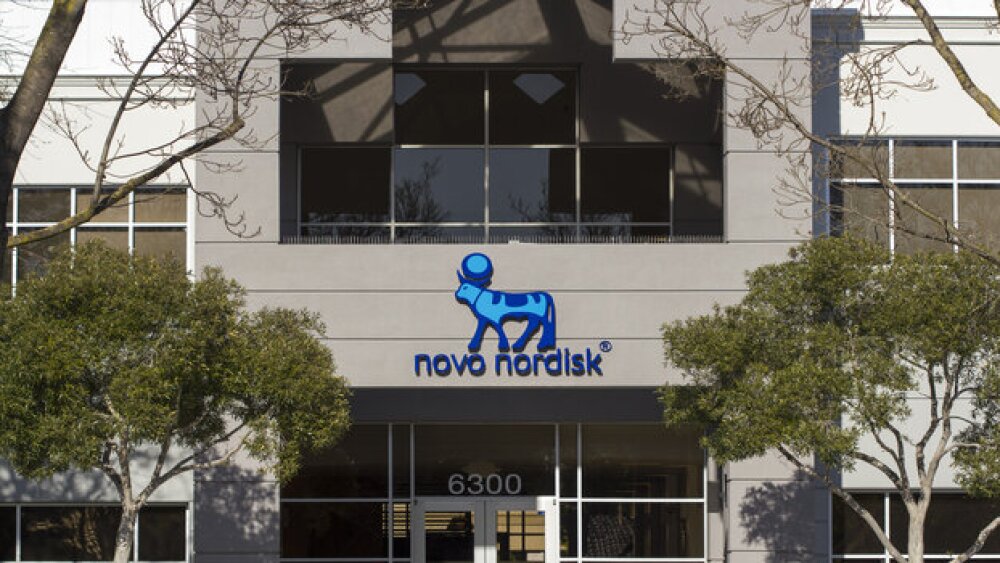Praxis’ vormatrigine reduced seizures by 56.3%, an effect size that, according to analysts at Truist Securities, exceeds that of its closest competitors.
Praxis Precision Medicines’ vormatrigine cut seizures by more than half in a Phase II trial of patients with focal onset seizures, giving the investigational sodium channel blocker momentum as a pivotal study approaches completion.
Over eight weeks of treatment, patients on vormatrigine experienced a 56.3% median decrease in seizure frequency, according to a statement from Praxis on Monday. The study, dubbed RADIANT, also found that in roughly 22% of treated patients, seizures completely ceased over the last 28 days of treatment. Vormatrigine also appeared to act quickly, with more than 54% of RADIANT participants hitting a 50% reduction in the first week.
Writing to investors on Monday, analysts at Truist Securities called Praxis’ readout “impressive,” noting that vormatrigine cleared “a high bar set by [SK Life Science’s] Xcopri and [Xenon Pharmaceuticals’] XEN-1101,” two of its closest competitors in the seizure space. According to its label, Xcopri reduces seizure frequency by 55.6%, whereas an October 2023 readout put XEN-1101’s efficacy at 52.8%.
“Results [for vormatrigine] are all the more impressive given no need for titration and relatively clean safety profile,” the analysts added. “Given vormatrigine targets sodium channel, a first-line target, we expect broad utilization if approved.”
Taken once daily orally, vormatrigine is an investigational small-molecule drug that binds sodium channels in the brain and blocks hyperexcitable states. Aside from RADIANT, Praxis is also studying vormatrigine in the registrational Phase II/III POWER1 and POWER2 studies in focal onset seizure. POWER1 is expected to be completed by the end of the year, while POWER2 is scheduled to start in the third quarter and finish enrollment in the back half of next year.
Praxis appears to have enough cash to see vormatrigine through these milestones. In its second-quarter earnings report on Monday, the biotech said it still had $447 million in cash and investments, enough to keep it afloat into 2028. The biotech is operating in the red, however: Its losses widened to $71.1 million in Q2 versus $37.2 million during the same period last year.
Aside from Praxis, SK and Xenon, Neurona Therapeutics is also working in the seizure space with its investigational cell therapy NRTX-1001. A readout in April 2025 demonstrated a 92% median reduction in disabling seizures over 7–12 months in patients with treatment-resistant epilepsy. Neurona will move NRTX-1001 into Phase III trials, with enrollment set to start in the latter half of this year.






